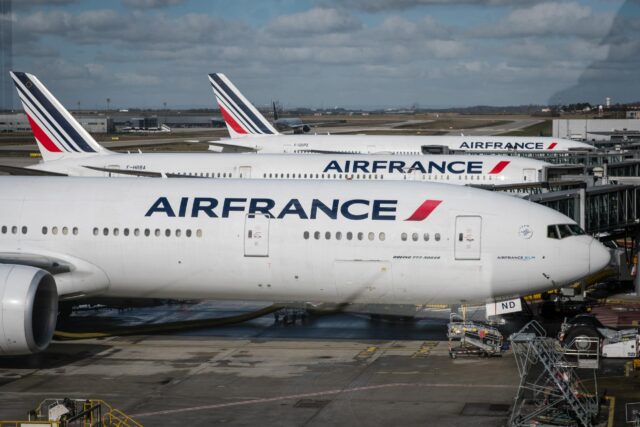Study affirms effectiveness of runway guard lights
Results of a recent study demonstrate the value of runway guard lights (RGL) as a runway incursion mitigation tool.
The study, sponsored by the FAA’s NextGen Technology Development and Prototyping…

Results of a recent study demonstrate the value of runway guard lights (RGL) as a runway incursion mitigation tool.
The study, sponsored by the FAA’s NextGen Technology Development and Prototyping Division, was conducted as runway incursions continue to be a concern in the National Airspace System.
RGLs are visual aids for identifying the runway holding position markings, providing pilots and airport ground vehicle drivers with an indication that they are approaching a runway.
The study surveyed a wide spectrum of pilots and drivers, with more than 700 respondents, to determine how many had encountered embedded or elevated RGLs and their perspective of the effectiveness of those RGLs.
The survey showed that 75% of participating pilots and drivers had encountered either embedded or elevated RGLs and 60% had encountered both types. Most pilots and drivers indicated the RGLs increased the awareness of hold short markings and reported embedded RGLs were more likely to increase awareness than elevated RGLs.
Pilots and drivers reported RGLs were most effective in low visibility or night conditions or at unfamiliar or complex airports.
“According to the survey, RGLs were effective as an awareness tool to pilots and vehicle drivers in recognizing where the hold short line is on the surface,” explained Ingrid Rinker, FAA headquarters team manager of the Runway Safety Group and FAA co-chair of the Surface Safety Group.
“The Runway Safety Group will work with the FAA Office of Airports and encourage airport operators to consider installing RGLs in locations that indicate a higher risk of runway incursions.”
Some pilots and drivers reported experiences of RGLs preventing potential runway incursions. The survey showed that 36% reported the RGLs prevented them from crossing a hold short line, while 37% stated RGLs prevented them from entering an active runway.
RGLs are not mandatory, but the study could result in movement areas with higher numbers of incursions considered for installation of RGLs through the FAA’s collaborative Runway Safety Action Team processes.
“The survey was a valuable effort in helping us reaffirm that the runway guard lights are serving their purpose in providing another safety layer and we appreciate all the pilots who took the time to respond,” said Alex Gertsen, CAM, NBAA director of airports and ground infrastructure, and industry co-chair for the Surface Safety Group.
Subscribe to the FINN weekly newsletter
















